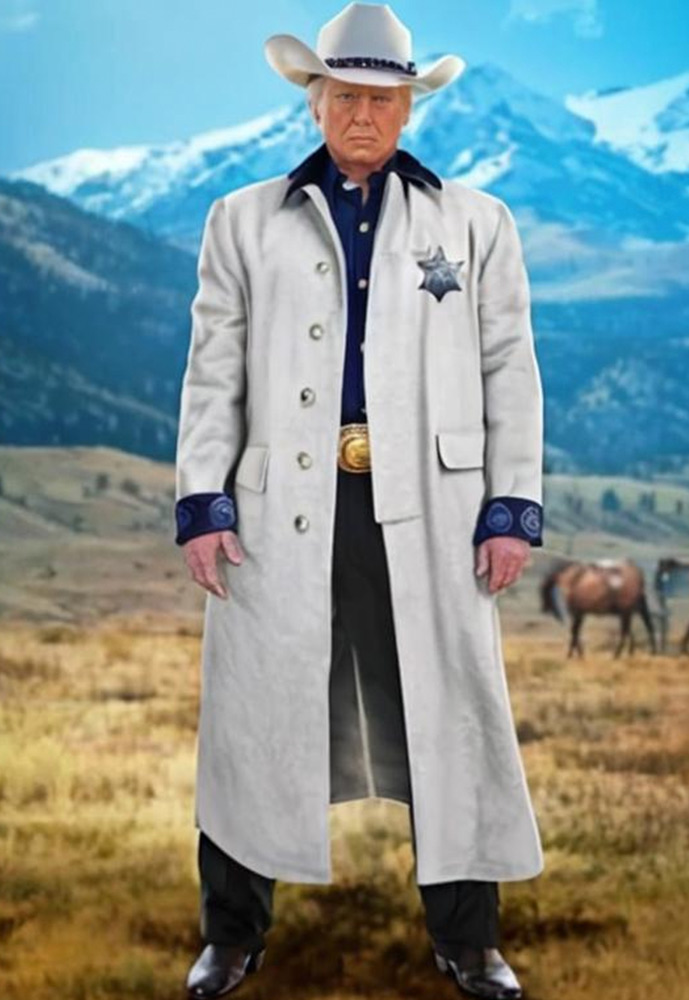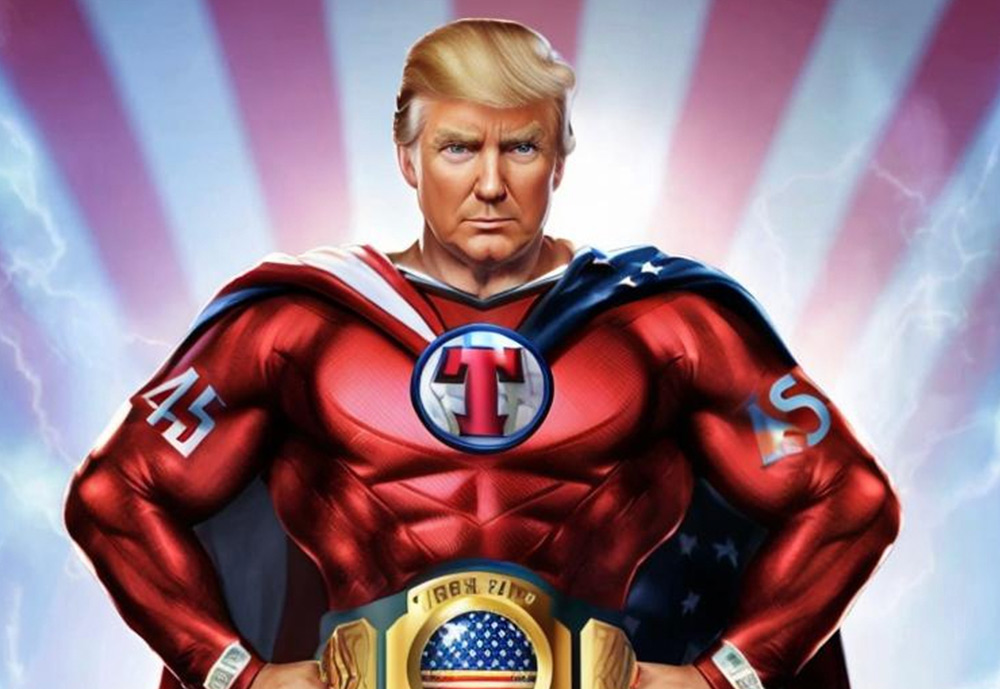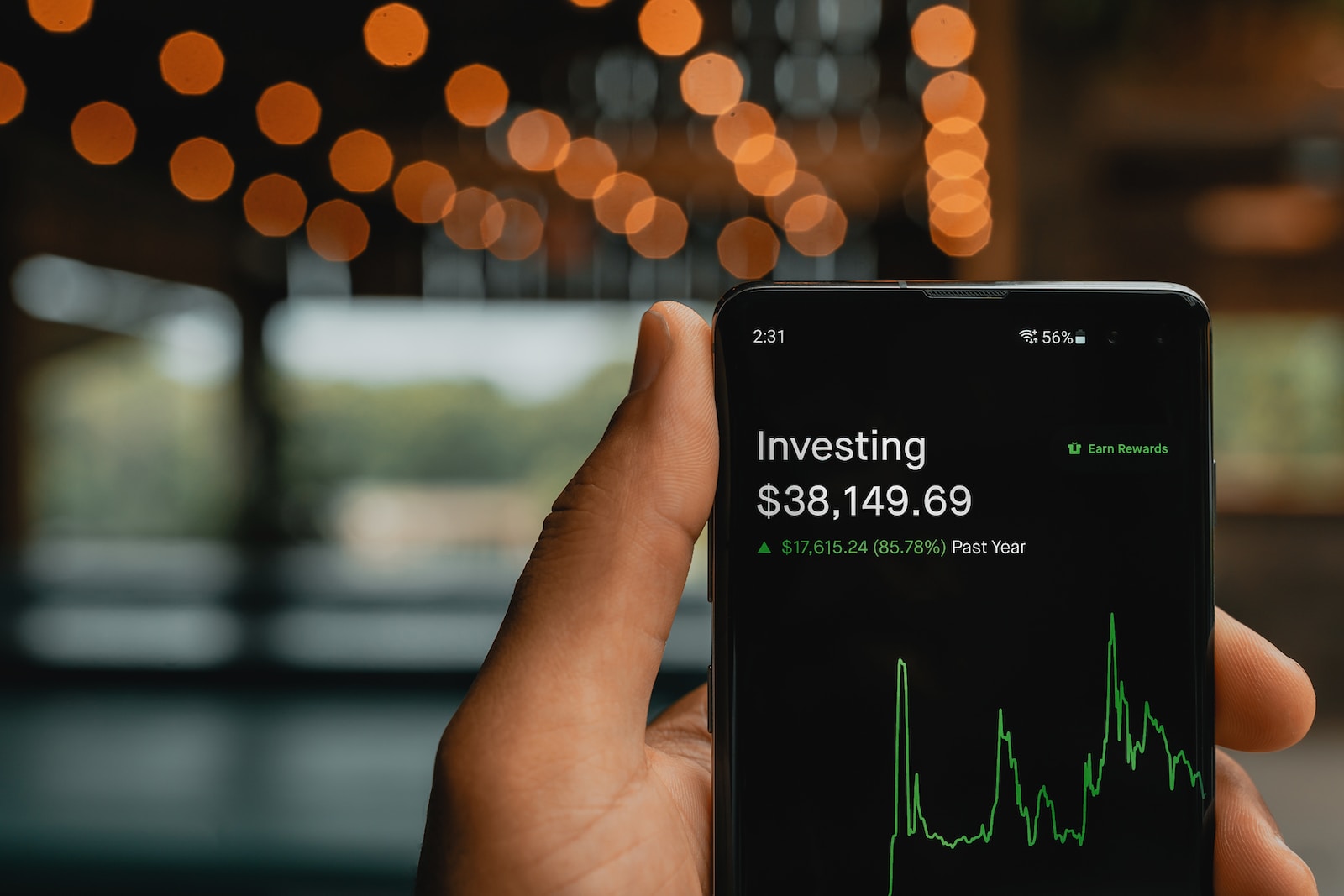The world of art and collectibles is changing rapidly with the advent of non-fungible tokens, or NFTs. These digital assets represent ownership of unique pieces of art, music, or other creative content, and are stored on blockchain technology. One of the latest NFT sensations is the collection of NFT trading cards featuring former U.S. President Donald Trump.
The sale of these Trump NFTs generated over $5 million in revenue, and has sparked a new wave of interest in the use of NFTs for the art and collectibles market. In this article, we’ll explore what NFTs are, how they work, and how they are changing the way we think about ownership and value in the digital age. We’ll also take a closer look at the Trump NFT collection, and what it means for the future of NFTs and the broader art market.
The Impact of Donald Trump’s NFT Collection
First, let’s start with the basics. NFTs are unique digital assets that are verified on a blockchain, a decentralized and tamper-proof ledger that records ownership and transaction history. This means that each NFT is a one-of-a-kind item that cannot be replicated or duplicated. They are used to represent ownership of creative content, such as artwork, music, videos, and even tweets.
The value of an NFT is determined by its rarity and desirability, much like a physical collectible. Because NFTs are unique and verifiable, they can be bought and sold on various online marketplaces, such as OpenSea and Nifty Gateway. Buyers can then prove ownership of their NFT using the blockchain record, and display or even trade their NFT as they would any other collectible item.
Trump’s NFT Sales Break Records
The Trump NFT collection is a prime example of the power of NFTs in the collectibles market. The collection features a series of digital trading cards featuring images of Donald Trump, along with audio recordings of some of his most famous quotes. The cards were created by a company called Ethernity Chain, and were sold on the OpenSea marketplace.
The Trump NFT collection quickly became a hot commodity, with each card selling for tens of thousands of dollars. The most expensive card in the collection, which features an image of Trump holding a “Make America Great Again” hat, sold for over $1.5 million. The collection as a whole generated over $5 million in revenue, making it one of the most successful NFT collections to date.
So what does the success of the Trump NFT collection mean for the broader art and collectibles market? For one, it shows that there is a growing demand for unique and verified digital assets. As more artists, musicians, and other creators turn to NFTs to monetize their work, we can expect to see a wider range of NFT collections and marketplaces emerge.
However, the rise of NFTs has also sparked concerns about the environmental impact of blockchain technology. Because blockchain relies on complex algorithms and energy-intensive mining processes to verify transactions and maintain the ledger, some experts have warned that the widespread adoption of NFTs could have a significant carbon footprint.

Despite these concerns, the potential of NFTs to revolutionize the art and collectibles market is undeniable. As more collectors and investors embrace this new form of ownership and exchange, we can expect to see new and innovative uses of NFTs emerge in the years to come.
Trump’s NFT Trading Cards Go Viral
NFTs are a powerful new tool for representing ownership of digital assets, and the success of the Trump NFT collection is a testament to their growing popularity and value. While there are still questions to be answered about the environmental impact and broader implications of NFTs, there is no doubt that they are changing the way we think about art, collectibles, and ownership in the digital age







